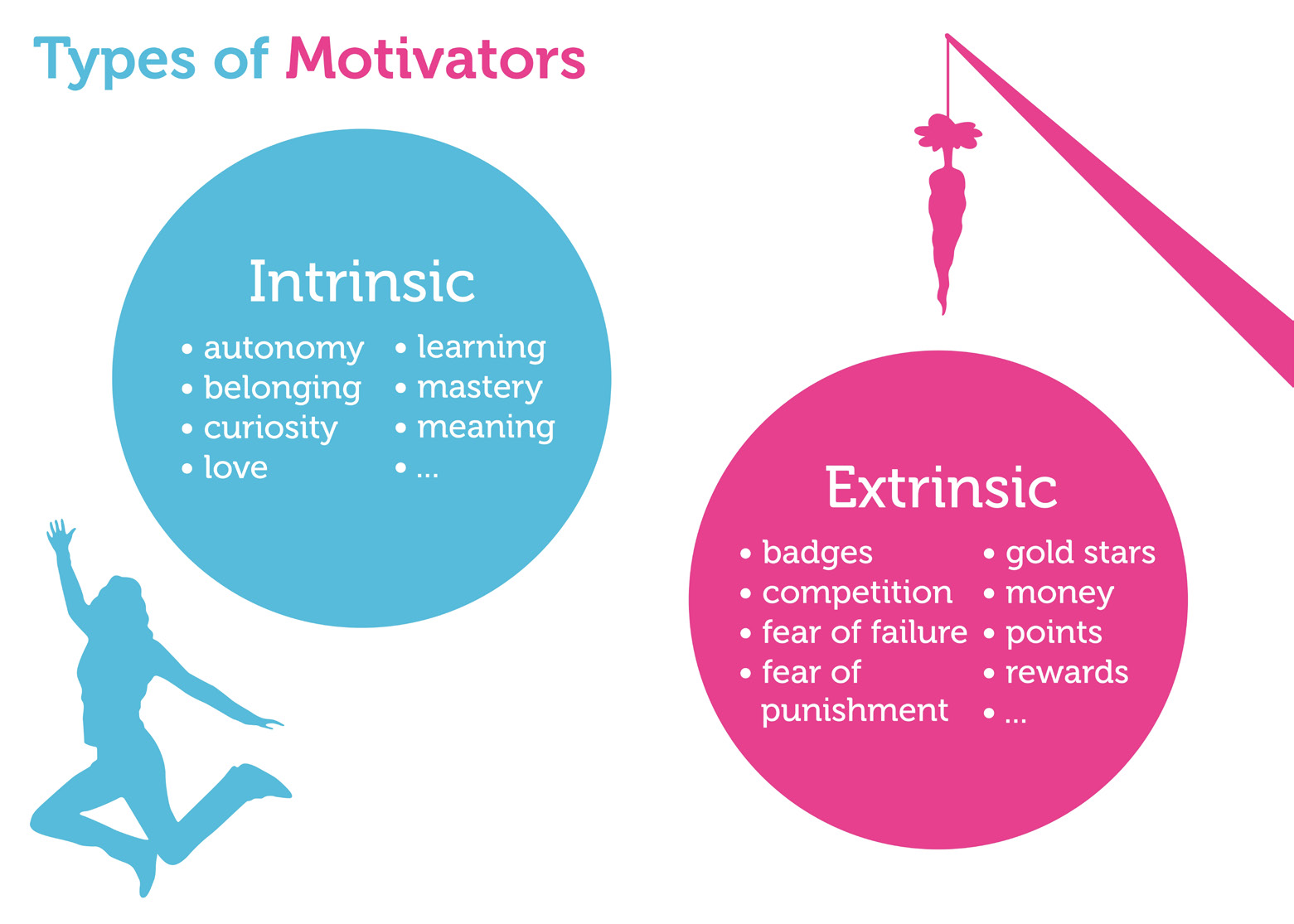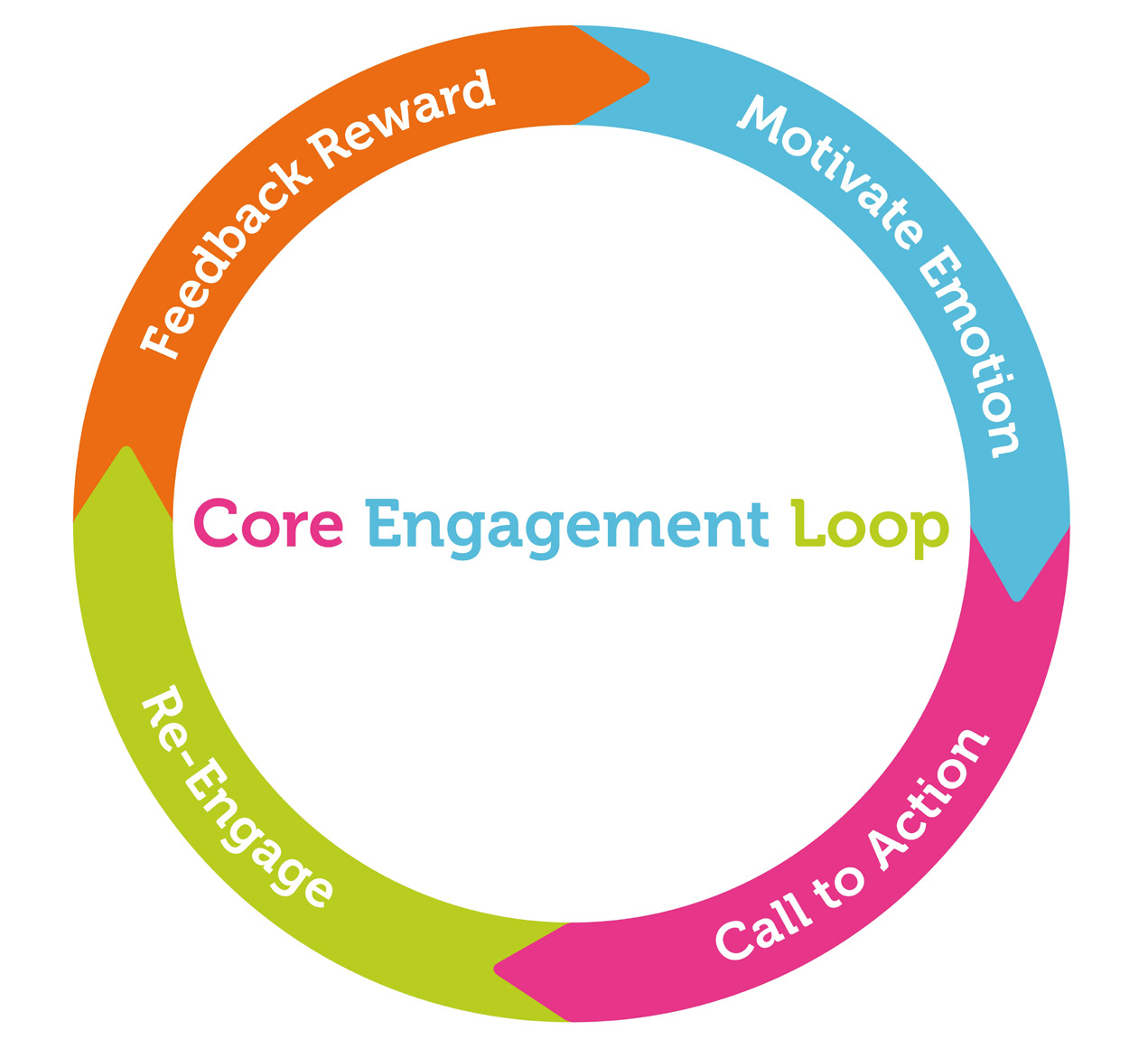Gamification and motivation
In all work situations, there are pre-determined tasks to accomplish and goals to be met, but these are not always fun and engaging to achieve. Without proper motivation, work-tasks can be dull and boring, leading to bad performance. Gamification has the opportunity to make less engaging tasks more fun and challenging, generating more dedicated employees with better work-performance.
The history of gamification
Gamification is a motivational tool that has gained both positive and negative attention in the last decade.
Gamification can be defined as “[…] incorporating game elements in non-game environments”. - Gamification at Work
Its purpose is to make work more fun and engaging for the employees so that they are less distracted by things that otherwise may be more interesting than the initial task and thereby attaining more focus on their work.
Already in the 1980s, there are references discussing how to gamify online systems but the term in its current sense was first used in 2003. After its invention in 2003, it fell into disuse again, until its permanent awakening in 2010. Since then the term has gained grounds and is widely used in settings where companies are trying to engage and motivate their personnel with game elements applied to their work settings.
Gamification today
Most people have already been in contact with gamification in action, Linkedin uses several elements from game thinking in their design to motivate their users in certain directions. Examples range from the progress bar indicating how far you are from filling in all fields of information to getting as many contacts as possible to validate your skills and expertise.
Facebook is another company that applies gamification to their product. The thumbs up button providing likes on Facebook is one of the most used gamification elements on the site. It provides an instant reward to the one who gets them, supporting their behavior and motivating them to do it again and again - reinforcing whatever behavior that is liked.
The above examples are taken from well known social platforms, but gamification is not only applied in and by large enterprises. There are several examples of gamification in areas stretching from education and healthcare to e-commerce.
How gamification works
A common misconception is that gamification means making everything like a video or computer game - it’s not. Gamification rather means drawing advantage of the motivational tools that are widely used in games and adapting them to fit into your business.
The goal is to motivate people by identifying common goals that both the company and the employee holds and through that identification give employees meaningful goals to strive for.
Work vs. play
There are several similarities between work and play, which is the reason gamification is so applicable for enhancing motivation in work settings. For example, they are both repetitive and are based on feedback, the difference between them lies in how they are seen by the different approaches. Repetitive work is often dull while repetitive games are fun. Feedback is constant in games, while it might be provided once a month or once year in work. Another difference is how they view misstakes. In games they are encouraged, to enable the gamer to learn. In work, they are forbidden and punished.
 Source: Gamification at Work
Source: Gamification at Work
Work and play also use different types of motivators. Extrinsic motivation make us feel that we need to do something, while intrinsic motivation means wanting to do something that leads to goal achievement in areas such as autonomy, mastery, and meaning. In work, a common extrinsic motivator is money, while in games we use game mechanics, such as badges, points and leaderboards. These are extrinsic motivators that are accepted by the player as a means of displaying their progress towards their goals and thereby converts into intrinsic motivators.
The success of moving the motivation from extrinsic motivators to intrinsic ones lies in their sustained performance over time, because the strive for development is always engaging while money is not.
To strive for accomplishment is much more motivating and effective than the strive for monetary compensation.
Game mechanics
In gamification game mechanics such as points, badges and leaderboards are often applied as tokens or ways of indicating progress in the game economy.
-
Points are collected through different achievements and accumulate into levels. Levels are a means of providing feedback to the user on where they are in their progress and encourage them to take the next step. Points and levels are vital tools that, if excluded, may lead to lost interest by the player since they are unable to measure their progress. Points and levels are also a means of signaling status.
-
Badges are a common way of displaying special skills that a certain player has or achievements they have gained, as well as to provide social status.
-
Leaderboards are another common tool used to motivate people to advance in their progress. But as with other game mechanics, they are not applicable in every situation. If introduced alone it is more common that it will reduce performance rather than enhance it. Therefore the achievements displayed on the leaderboards have to be applicable to the situation as well as use relevant metrics that apply to the users of the gamified system.
The above mentioned game mechanics are applied to motivate the player to achieve specified missions and behave in a certain way. Combined with positive reinforcement and feedback the mechanics are forged into a loop that engages the player to repeat a behavior. The goal is to initially get the player playing and then keep them playing.
 Source: Gamification at Work
Source: Gamification at Work
The engagement loop is the core of games and what we strive for in gamification, to create a continuous process of development - not a single outcome. In relation to this, it is important to keep in mind that game mechanics aren’t what motivates people, they are just a means to provide feedback. Too many rewards can crowd out fun and have the opposite effect of rather being demotivating.
Conclusion
If gamification was the answer to all work-related issues, it would have conquered the world by now - which we all know it hasn’t. And this is part of the reason why gamification has been so controversial the last decade. It lies in the difficulty of applying it in a good manner. There are many pitfalls to avoid in gamification and a great deal of the knowledge needed to create great gamification lies in psychology. In the end, it is all about motivation and emotion, and motivation and emotion are and will stay complex subjects.
Finally, the most important thing to remember is that gamification is not a means to trick people into tolerating a boring job, it is to help them find a measure of meaning in it.
References:
Burke, B. (2014). Gamify – How gamification motivates people to do extraordinary things. Bibliomotion.
Kumar, J. & Herger, M. (2013). Gamification at work: Designing engaging business software. The Interaction Design Foundation.
Werbach, K. & Hunter, D. (2012). For the win – how game thinking can revolutionize your business. Wharton.

